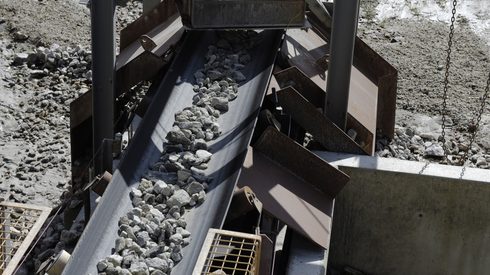In 2020, the company’s direct greenhouse gas emissions, excluding associates and joint ventures, was 23.2 million tonnes of direct carbon dioxide (CO2) equivalent, according to Metinvest’s website.
The company will start replacing blast furnaces (BFs) with electric-arc furnaces (EAFs) in 2028 when it expects to have ramped up production at its direct-reduced iron (DRI) module, according to a report by Reuters.
Speaking at Fastmarkets’ Middle East Iron & Steel (MEIS) event in December, Metinvest sales director Dmitriy Nikolayenko said: “[Steelmaking using EAFs] emits carbon but it in smaller volumes than BF and basic oxygen furnace-based producers. But there is a problem in changing to EAF-based steelmaking [is that the] world requires more steel than we can produce from collected scrap, so we need more new iron to satisfy global steel demand.”
DRI can be used to substitute or complement scrap in EAFs, and while DRI-based production emits CO2, it is much lower than the amount produced by BFs.
“We are considering substituting existing BFs with DRI modules,” Nikolayenko said, adding that Metinvest was considering different locations for DRI modules.
Nikolayenko said Metinvest would also start a flotation project at its Severny GOK mining and beneficiation plant, with the aim of producing 12 million tonnes per year of high-grade concentrate to be used as a feed for DR-grade pellet production, needed for making DRI.
The Severny facility will have the capacity to produce about 2.67 million tpy of both DR- and blast furnace-grade pellets, Fastmarkets understands.
Metinvest already produces DR pellets at its Central GOK site, which has capacity to make 2.25 million tpy of pellets.





